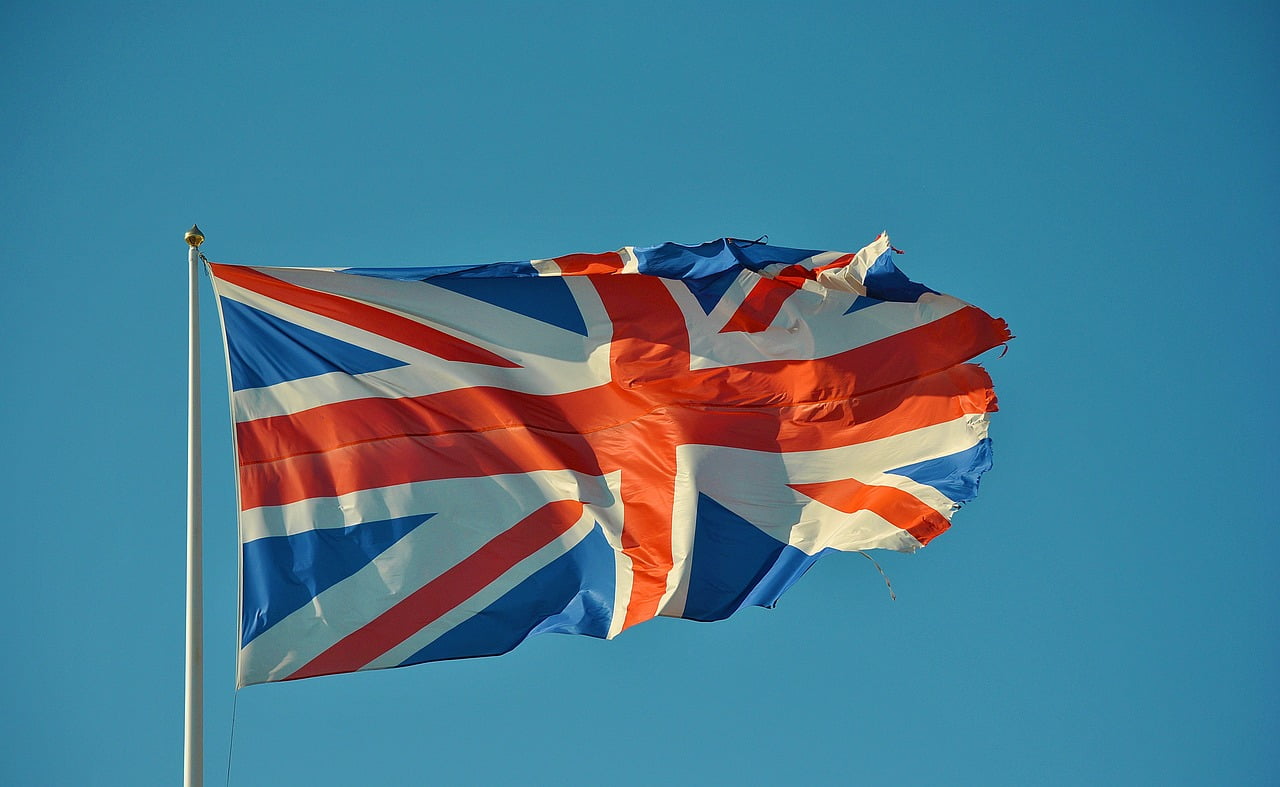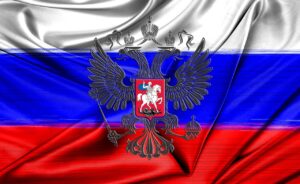Language is often thought of as something primarily spoken or written, but there exists a profound and intricate world of communication that relies on movement, expression, and visual cues – British Sign Language (BSL). It is a vibrant and vital means of communication used by a significant portion of the population in the United Kingdom, but its journey and recognition have been a tale of resilience and determination.
A Historical Perspective
The roots of BSL trace back centuries, with its origins intertwined with the Deaf communities across the UK. The language evolved naturally within these communities, developing its own syntax, grammar, and vocabulary. Its emergence wasn’t a standardized process; instead, it burgeoned through interactions, shared experiences, and cultural exchanges within the deaf community.
In the 18th century, a seminal figure named Thomas Braidwood established the first public school for the deaf in Edinburgh. This school played a pivotal role in formalizing and teaching sign language, setting the stage for the structured education of the deaf. However, it wasn’t until the late 20th century that BSL gained formal recognition as a legitimate language.
Usage and Cultural Significance
Currently, it’s estimated that around 151,000 people in the UK use BSL as their primary means of communication. It serves as a lifeline for the deaf and hard-of-hearing community, fostering a sense of identity and unity among its users. BSL isn’t a universal language; variations exist just as they do in spoken languages. Regional dialects and variations add layers of richness and diversity to the language, reflecting the unique cultural tapestry within the deaf community.
The significance of BSL goes beyond mere communication; it embodies a vibrant culture with its art, poetry, storytelling, and expressions. Sign language poetry, for instance, showcases the beauty and creativity of BSL, highlighting its nuanced and emotive nature.
Recognition and Government Support
The road to official recognition for BSL has been arduous, marked by advocacy and activism from the deaf community. In 2003, a milestone was reached when the UK government formally recognized BSL as a language in its own right. This recognition was a pivotal moment, acknowledging the importance of linguistic diversity and accessibility for all citizens.
However, despite this recognition, challenges persist. Access to education, employment, healthcare, and legal services for the deaf community still faces hurdles. There’s an ongoing push for greater inclusion and accessibility, urging the government and institutions to provide more resources and support for BSL users.
Interesting Facts
- BSL isn’t a direct derivative of English. Its grammar and structure are distinct, making it a separate and unique language.
- It’s a misconception that sign languages are universal. Just as spoken languages vary, sign languages differ across countries and regions.
- BSL has iconic signs for cities and towns, capturing the essence or a prominent feature of the place. For instance, the sign for London imitates the action of pulling the cord on an old-fashioned bus.
In conclusion, British Sign Language stands as a testament to the richness of human communication. Its history reflects the resilience of a community striving for recognition and inclusivity. Despite challenges, BSL continues to flourish, offering a bridge of understanding and connection between the deaf and hearing worlds. Embracing and supporting this unique language is not merely an act of inclusion; it’s a celebration of diversity and linguistic heritage within the United Kingdom.




3 thoughts on “Unlocking the Silent Symphony of British Sign Language (BSL)”